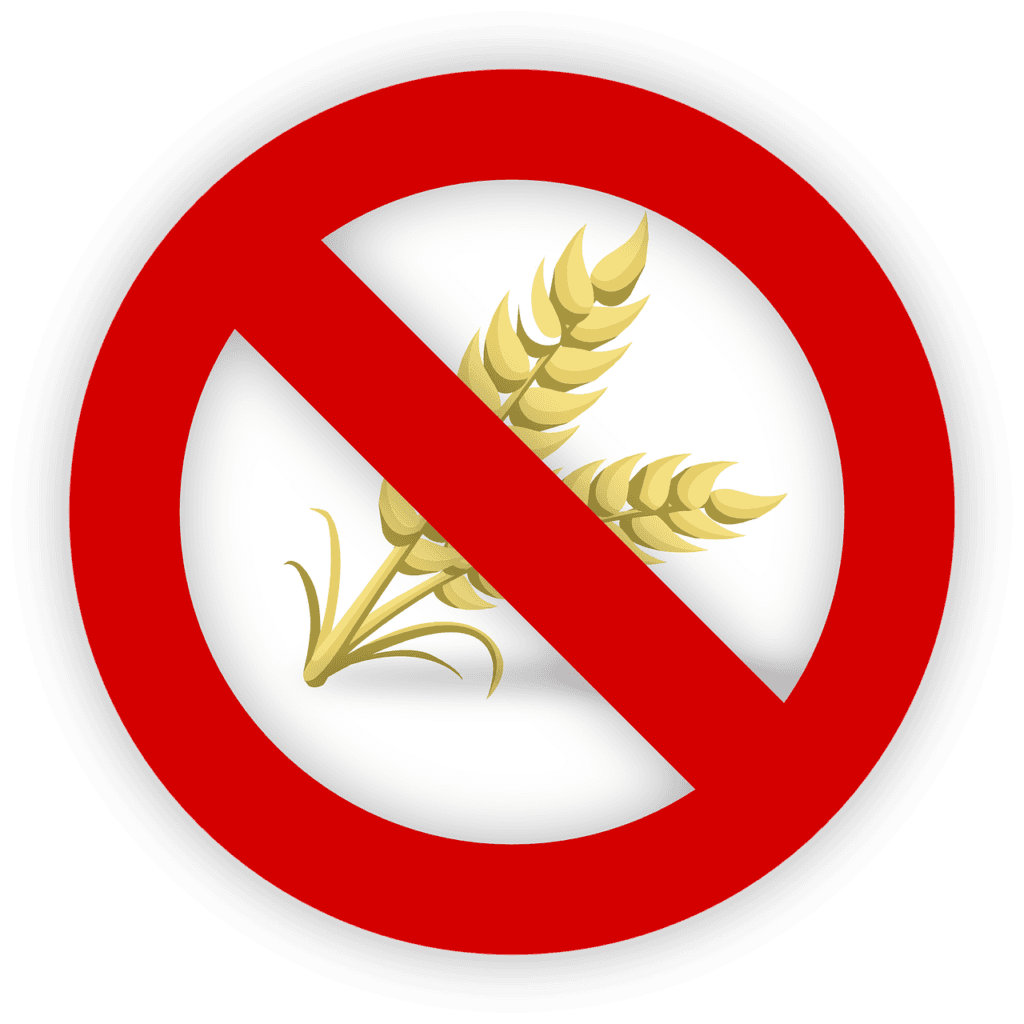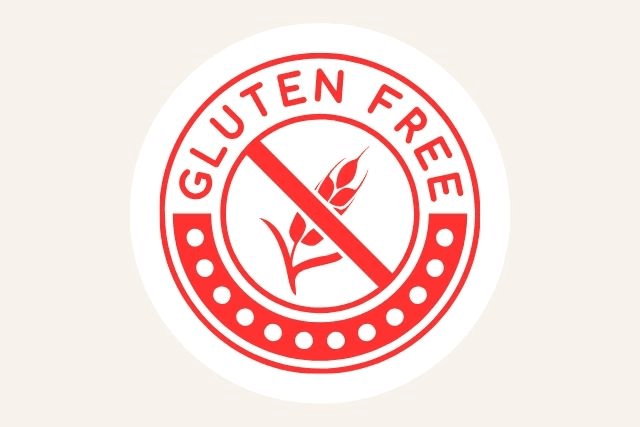Introduction
The link between diet and health is undeniable, but for parents of autistic children, this connection can be even more significant. The gluten-free and casein-free (GFCF) diet is adopted by many families as a strategy to improve the well-being and behavior of autistic children. While it’s not a universal solution, this diet has been gaining interest. This article explores what the GFCF diet entails, its potential link to autism, its possible benefits, and its limitations.
Table of Contents
Understanding the Gluten-Free and Casein-Free (GFCF) Diet
What are gluten and casein?
Gluten is a protein found in wheat, barley, rye, and certain other grains. Casein, on the other hand, is a primary protein in dairy products. These substances are common in everyday foods like bread, pasta, and cheese.
Why are these elements problematic?
Some studies and observations suggest that certain autistic children struggle to digest gluten and casein. These substances can produce byproducts called peptides, which, according to some theories, might interact with the nervous system. These interactions could potentially explain atypical behaviors or health issues.
Overview of the GFCF Diet
The GFCF diet involves completely eliminating gluten and casein from meals. This requires careful label reading, finding alternatives, and often cooking more at home to control ingredients. The diet demands family commitment and thorough planning to ensure balanced meals.
For detailed information on approved and excluded foods, visit the Celiac Disease Foundation.
Origins and popularity of the diet
The GFCF diet gained popularity in the 1990s through parental testimonials and specialists in neurodevelopmental disorders. While it’s not universally endorsed by medical authorities, its adoption continues to grow, particularly in Western countries.

The Connection Between Diet and Autism
Leaky Gut Theory
According to the leaky gut theory, some autistic children may have a more fragile intestinal lining. This allows substances like gluten and casein peptides to enter the bloodstream, potentially affecting the brain. This condition may also be linked to chronic inflammatory reactions.
Impact of peptides on the brain
These peptides are thought to act like opioids, interacting with brain receptors. This interaction could explain certain behaviors, such as attention difficulties, hyperactivity, or meltdowns. While these theories are unconfirmed, they provide a basis for exploring the diet’s impact on autism. It’s important to note that reactions to peptides vary widely among children.
Studies and research
Research on the effects of the GFCF diet on autistic children has shown mixed results. Some children experience significant improvement, while others see no benefits. This variability may depend on factors like the child’s initial health or how strictly the diet is followed. For more details, check out this scientific study on PubMed.
Parental testimonials
Many parents report improvements in their children after adopting the GFCF diet. These include better social interaction, fewer meltdowns, and increased focus. While subjective, these accounts fuel interest in the diet.
Potential Benefits of the GFCF Diet for Autistic Children
Behavioral improvements
Many parents observe reduced meltdowns and aggressive behaviors after implementing a GFCF diet. These changes may be linked to better digestive health or lower peptide levels in the bloodstream. Transformations are often noted within weeks to months of strict adherence to the diet.
Better digestion and sleep
Autistic children often experience gastrointestinal issues, such as abdominal pain or constipation. The GFCF diet may alleviate these symptoms. Improved digestion can also lead to better sleep quality, another common challenge. A well-rested child is often calmer and more attentive during the day.
Enhanced focus and learning
Some children show better attention and progress in learning after adopting the diet. These improvements are often observed in educational settings or structured activities. Teachers and therapists sometimes report significant progress in social interactions and communication skills.
Examples of transformations
While every child reacts differently, some parental testimonials highlight children achieving better emotional and physical balance through this dietary change. Resources like Autism Speaks provide success stories and practical tips.
Impact on the family
Beyond benefits for the child, many families report an overall improvement in their quality of life. Implementing a GFCF diet often encourages healthier meals and greater family cohesion around meal preparation.

Limitations and Controversies Surrounding the GFCF Diet
Lack of scientific consensus
While the GFCF diet generates significant interest, scientific evidence remains limited. Some studies show benefits, while others report no effect. This lack of consensus calls for caution and critical evaluation before adopting the diet.
Risks of a restrictive diet
A GFCF diet may lead to deficiencies in essential nutrients, such as calcium and fiber. It’s crucial to compensate with nutritious alternatives, like leafy greens, seeds, and dietary supplements if needed.
Cost and accessibility
Another challenge for families is the often higher cost of gluten- and casein-free products. Additionally, these items may not be readily available in all regions, making long-term adoption difficult.
When the diet doesn’t work
Not all autistic children benefit from the GFCF diet. Some show no changes, which can be frustrating for families. This highlights the importance of combining the diet with other interventions, such as behavioral therapies or specialized educational programs.
Healthcare professionals’ perspectives
Some doctors and nutritionists remain skeptical about the GFCF diet’s effectiveness. They typically recommend approaching this diet as a complementary strategy alongside medical guidance, rather than a standalone solution.
Practical Tips for Implementing a GFCF Diet
Identify foods to exclude
Read product labels carefully to spot gluten and casein. These substances are often hidden in processed foods like sauces, desserts, or deli meats. Creating a list of approved foods can simplify daily management.
Simple recipes to start with
Begin with easy recipes:
- Pancakes made with rice flour.
- Plant-based milks (almond, coconut) to replace cow’s milk.
- Snacks made from fresh fruits or nuts.
- Pasta made from quinoa or corn.
These recipes help maintain a varied and appealing diet for children.
Transition gradually
Introduce the diet gradually to help the child adjust. Start by replacing one meal at a time and offering attractive alternatives. For example, swap traditional cookies for gluten- and casein-free options.
Consult experts
Work with a nutritionist or dietitian to ensure balanced meals and monitor the child’s health. Find certified professionals through the Academy of Nutrition and Dietetics.
Build a support network
Join local or online support groups where parents share experiences and tips about the GFCF diet. These communities can provide practical advice and essential moral support.
Conclusion
The gluten-free and casein-free diet offers an intriguing option for improving the quality of life for autistic children and their families. While its effectiveness varies, it provides a pathway parents can explore with healthcare professionals’ guidance. By understanding the challenges and limitations, a well-planned and balanced approach can make a meaningful difference. Before adopting the diet, it’s essential to stay informed and consult experts to maximize benefits while minimizing risks.
THE ONLY GLUTEN-FREE COOKBOOK YOU NEED – SIMPLE, DELICIOUS, AND FULL OF FLAVOR!
Tired of the usual gluten-free cookbooks that require expensive, hard-to-find ingredients?
Are you looking for gluten-free recipes that are modern, easy to make, and full of flavor?
The Gluten Free Cookbook by Diane Romano offers modern recipes crafted for every kitchen, using easy-to-find ingredients and straightforward instructions.
Quick dishes, perfect for any occasion, all without spending a fortune!
Plus, you’ll receive 2 bonus eBooks: “Gluten Free Bread ABC” and “Gluten Free Air Fryer Cookbook”.
Together, they provide everything you need for a varied, tasty, and limitless diet!”


nice
Pingback: Autism: A Complex Disorder Affecting Brain Development and Behavior
Pingback: How a Food Journal Can Help Identify Triggers and Their Behavioral Effects
Pingback: Gluten-Free Bread Recipes: Easy and Delicious (part1)
Pingback: Exploring the Brain in Autism:Brain Development and Behavior
Pingback: How a Food Journal Can Help Identify Triggers and Their Behavioral Effects
Pingback: Are All Life Cereals Gluten Free? Find Out Here